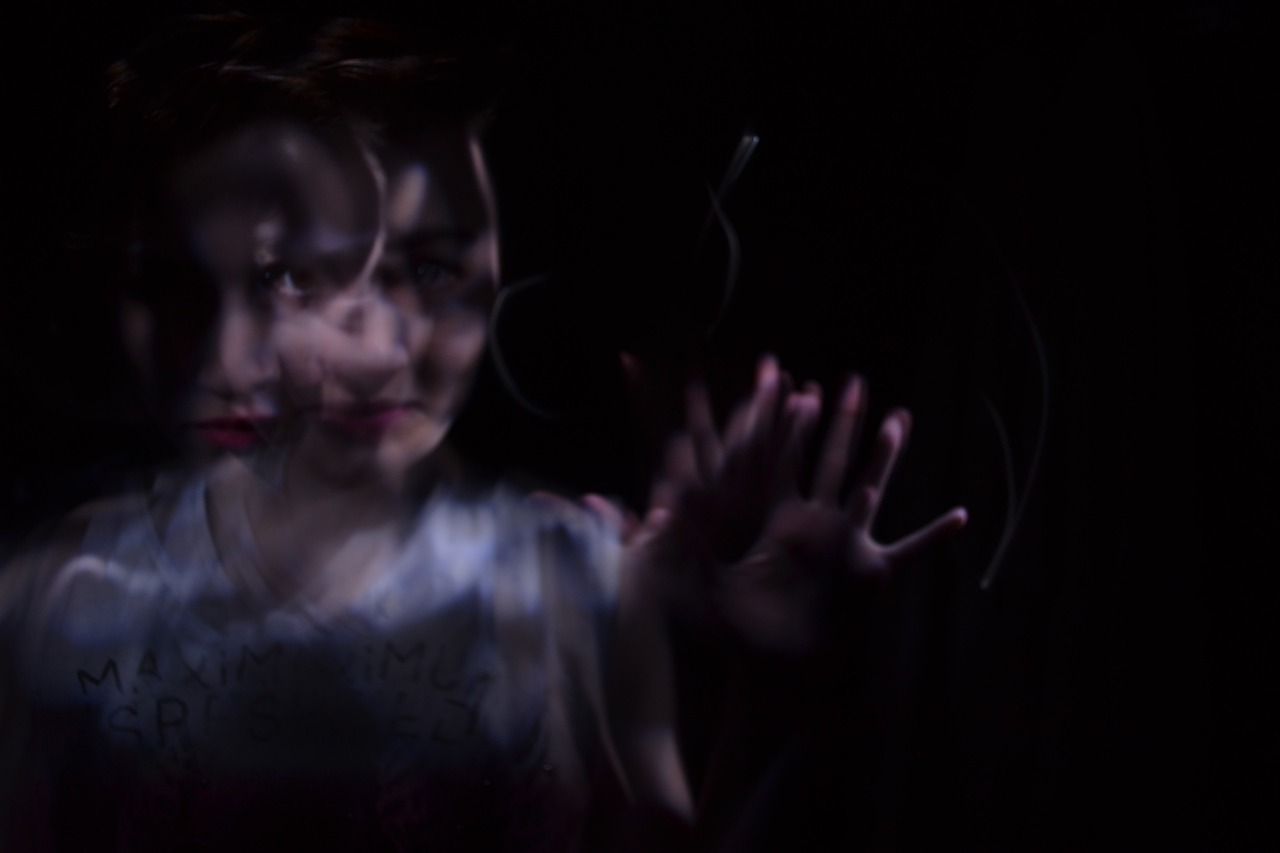Every year, opioid abuse affects thousands of families in the U.S. It leads to broken homes and broken lives. No one is safe from the class of drugs normally used in the treatment of pain management.
Morphine. Fentanyl. Tramadol. The three godfathers of opioid use disorder (OUD) are responsible for more than 130 overdose-related deaths a day in the U.S. To say the country is experiencing a crisis is an understatement. The only way to describe it is an epidemic.
Over the years, experts have grappled with finding solutions to managing the public health crisis. One answer was to provide opioid addicts with treatment to curb their cravings and reduce their dependence on the drug.
When Suboxone was introduced as a treatment for OUD in 2002, it provided a safer method of dealing with opioid addiction. Several years later, patients started complaining about dental problems.
Claims of Tooth Decay
The FDA approved Suboxone as a treatment to reduce an addict’s dependence on opioids in October 2002.
Fast forward to 2022, the public health agency declared that drug manufacturer Indivior put a warning label about potential tooth decay on the product packaging. By the time the warning came into effect, the Suboxone lawsuit had already started gathering steam.
Suboxone film is administered in tablet form. The generic name is buprenorphine-naloxone, namely because these are the two main ingredients. Once the medicine is dissolved in the mouth, it weakens the tooth enamel.
The FDA warned of increased risk of cavities, oral infections, and loss of teeth. These side effects were reported in patients with no prior dental issues.
The basis for the Suboxone tooth decay lawsuit is that Suboxone manufacturer Indivior failed to warn about the risks associated with Suboxone sublingual films, says TorHoerman Law.
As with all class action and civil cases, Suboxone lawsuits have a statute of limitations establishing the timeline for plaintiffs to file a Suboxone lawsuit.
Now that the drug’s side effects have been called into question, what are the other alternatives for treating opioid addiction?
Buvidal
Also known as an opioid substitution therapy, Buvidal is administered in an injectable form, weekly or monthly.
Unlike methadone and oral buprenorphine, the long-acting properties of injectable buprenorphine are more effective. The medicine releases slowly over time.
The Conversation reported that patients surveyed while on the medication claimed their cravings were reduced and had lower levels of anxiety.
While some could return to their normal daily lives, others struggled to commit to the therapy. One requirement is that addicts be in full withdrawal when receiving their first injection.
Patients also had to deal with past traumas once the drug cleared their minds and memories, previously suppressed by opioid use.
XR-Naltrexone
New York State Psychiatric Institute and Columbia University Irving Medical Center recently centered their study on opioid use disorder therapy. They specifically concentrated on injectable naltrexone.
The researchers found that initiating the treatment within five to seven days was more effective than the required 10 to 15 days.
The findings suggested that the rapid treatment method could make XR-naltrexone a more viable option for OUD.
Lead study author Matisyahu Shulman, MD, was hopeful the time-sensitive treatment would encourage more treatment clinics to use extended-release naltrexone. The method effectively helps prevent overdose and support recovery, added Dr Shulman.
Ibogaine
The psychedelic drug ibogaine has been marred by controversy. A hallucinogenic, the drug is extracted from an ancient African shrub.
Because it is illegal in the U.S., many patients seek treatment elsewhere. Advocates supporting a Stanford University study hope to use the drug in opioid addiction treatment.
The study, published in January, showed that ibogaine dramatically decreased symptoms of anxiety, depression and post-traumatic stress disorder. According to the Washington Post, the study consisted of 30 Special Operations veterans diagnosed with traumatic brain injuries.
Psychedelics used in the treatment of mental health illnesses is not a new therapy. An ibogaine advocate recently partnered with an NPO calling for using state opioid settlement money to study the drug.
The U.S. banned ibogaine in 1967 and declared it a Schedule I controlled substance, in the same class as heroin and LSD.
Like other psychedelic addiction treatments, experts are concerned about the effects ibogaine could have on the heart.
Disparities Remain in Treatment Facilities
A review published in Medscape has highlighted the disproportional treatment of MUD at substance-use treatment facilities around the U.S.
More than a third of these facilities did not offer medications for opioid use disorder. Less than half were offered evidence-based psychosocial treatments, the study found.
Citing results from a national survey, the NIH urged more public awareness in prescribing medication in primary care settings.
No one can deny that barriers remain in treating OUD. With the Suboxone tooth decay lawsuits in progress, yet another option has been taken off the table.
Read Also: Tony Hinchcliffe Wife: The Mystery of His Personal Life

Alexander Wren, a seasoned author with 8 years of expertise, excels in document assistance. His domain “docs help ful” showcases a legacy of user-friendly content, blending creativity and precision to simplify complexity.








